Mainstream meal alternatives, the "underground" delights of Barcelona
Eating and Drinking Barcelona the Right Way
Sales from our digital zine and any new paid subscriptions for the month of March and April will be going to Liberty Ukraine! Please consider becoming a paid subscriber. It’s only $30 a year. That’s like one shitty cookbook! Upon becoming a paid subscriber you will receive a copy of my Burnt Basque Cheesecake Cookbook Zine!
Having lived in Barcelona as a teen and visiting my parents there for the last 20 years has given me lots of insight into what people hope to find when visiting the city, especially when coming here for the first time.
When talking to folks at the airport or on the flight over, I always make it a point to ask people what they look forward to the most. The answers almost always include visiting Gaudi buildings, Picasso Museum, eating paella, tapas, and drinking cheap wine.
Hearing a slightly different version of pretty much the same answer has revealed some of the various things that visitors tend to miss out on. In today’s newsletter, I wanted to share 3 main things that often get overlooked by the city’s visitors.
Visiting a new place is wonderful, but oftentimes it is easy to fall into those little traps of just not knowing. Even worse, you can walk right into the trap of “knowing”! Like focusing too much on eating tapas but forgetting to try traditional Catalan dishes. Luckily I’m here to help break you from that tunnel vision and introduce you to some of the not-as-famous highlights. Let’s dive in before I give everything away.
1. Order Catalan Pasta Dishes:
This might be the saddest one on the list. Why? Because Barcelona has some of the tastiest pasta dishes out there and nobody seems to be eating it. I honestly feel bad when I see hoards of tourists solely ordering tapas, paellas, and only seafood dishes.
Don’t get me wrong, Barcelona has some of the best arroz and seafood in the world, but what about trying some local alternatives? There is of course fideuà, or the Catalan version of paella which uses short noodles (pasta called fideo) instead of rice.
And then there’s one of my favorite dishes, Canelons. Cannelloni pasta sheets are filled with different types of roasted meat, fish, or vegetables topped with a bechamel sauce and drizzled with cheese. Traditionally, this dish is made in Catalan households the day after Christmas. But you can find it on menus throughout the year of most establishments serving Catalan cuisine.
Canelòn from Bar del Pla, video taken by me!
I especially love to order pasta dishes that have the word abuela (grandma) in them. The real name of the dish is Macarrons de l’àvia. It is very similar to pasta bolognese but casserole style. My favorite so far is from el Xampanyet!
Last but not least is Sopa de Galets, a traditional Catalan soup made with a homemade broth with meat-stuffed large snail-shaped (galets) pasta. This is a traditional Christmas dish.
2. Drink Catalan Vermut:
This one always throws me for a loop since Catalan Vermut (vermouth as Americans call it) is my drink of choice. Most visitors tend to drink wine, cava, sangria :(, and tinto de verano.
Catalan vermut deserves to be much higher on the list. Vermut is a fortified white wine aged in barrels with very many different types of spices, aromatics, dried fruit, etc. Catalan vermut is very cherry forward unlike its Italian cousin with more bitter and orange peel notes.
Most traditional bodegas and vermuterias serve house vermut directly from the barrels! You can also get bottles of vermut to go! (I mean that’s what original bodegas were for.) On average you can buy a liter of house vermut from a bodega or vermuteria for around $4 euros, use to be around $2.
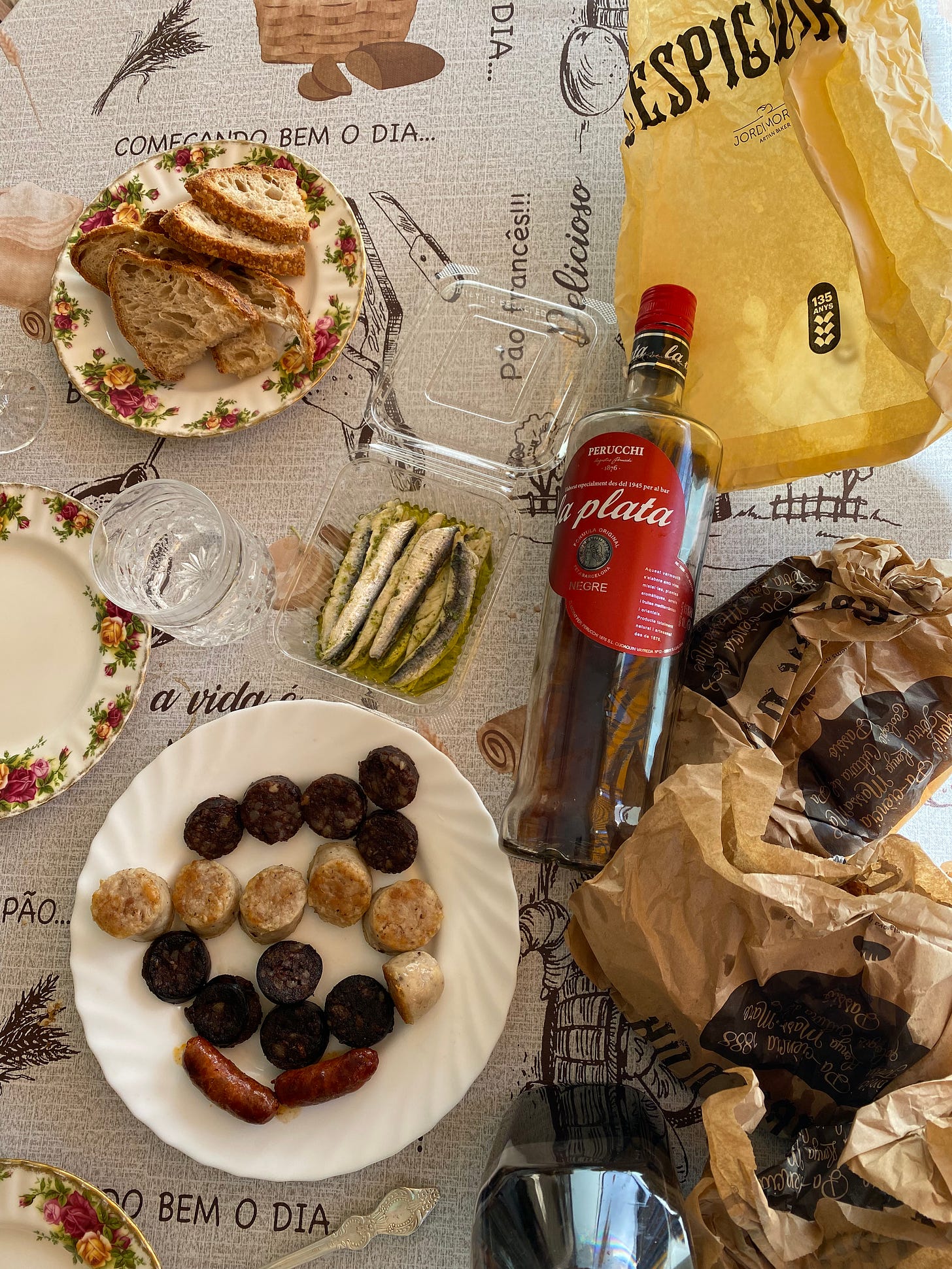
I’m going to have to write a whole separate post about my favorite places to drink vermut in Barcelona and other parts of Catalonia.
3. Try These Traditional Catalan Dish:
Tapas culture is very hard to resist and is inseparable from Spanish and now Catalan gastronomy. Barcelona’s tapas game is very strong. I don’t blame anyone for eating as many tapas as they can while in Barcelona, I mean just look at these patatas bravas.
But the tapas food culture is relatively new in Barcelona. Tapas culture took off during the mass migration of 1950s, over a million migrants from Andalusia and Extremadura (and other parts of Spain) came to Catalonia to seek work, followed by the tourism boom of the 60s. Which, okay, yeah post-war reconstruction era but tapas are still relatively new.
Overtime, tapas became an integral part of Barcelona’s culinary culture as the city and people rebuilt and redefined their city and land. A standing, fast-paced, delicious and light feeling meal enjoyed in brisk, bustling social settings? Yeah, it is no wonder tapas became such a well known symbol even across Catalonia.
Most places that serve great tapas, will also showcase traditional Catalan dishes that are experiencing their own revival as some of the heartier dishes fell out of favor with the newer generations. Which, in my opinion, is much more up my alley when trekking around the city. The hearty dishes that, for instance, an 1800’s dock worker would’ve enjoyed is just enough calories for hoofing it around Barcelona! Dishes such as cap i pota/capipota are experiencing a new found popularity as a breakfast option. The stew is traditionally made as the name suggests with calf's foot and head. You will often find it with chickpeas. Make sure to order extra bread to soak up all that delectable rich sauce.
A bowl of capipota from Bodega Montferry, video taken by me!
Another one of my favorite traditional Catalan dishes is Escudella i Carn d’Olla. This is a Catalan soup made with lots of meat and vegetables. The broth is served alongside a plate of vegetables and meat that were used to make the stock. This dish was traditionally served on Christmas day, but can also be found on menus of Catalan restaurants throughout the year.
The last dish I want to mention is a personal favorite. I try and order this one any where I go. Mandonguilles amb sèpia or meatballs with cuttlefish (squid), this dish is emblematic of Catalan cuisine where the blending of land and sea, this coming together, is a characteristic feature.
Mandonguilles amb sèpia, video taken by me!
Let me know in the comments if you have any other advice for Barcelona visitors! Or tell me your favorite traditional Catalan dish and where do you like to eat it!
Next week I will share some tips and “underground” delights of Catalan baking and dessert culture—if you love churros I know something even better!

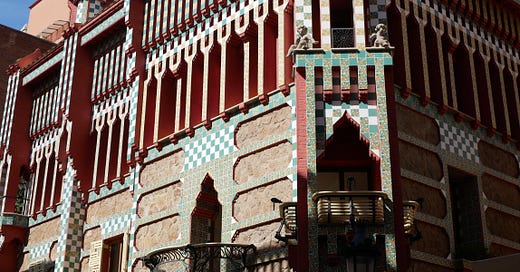



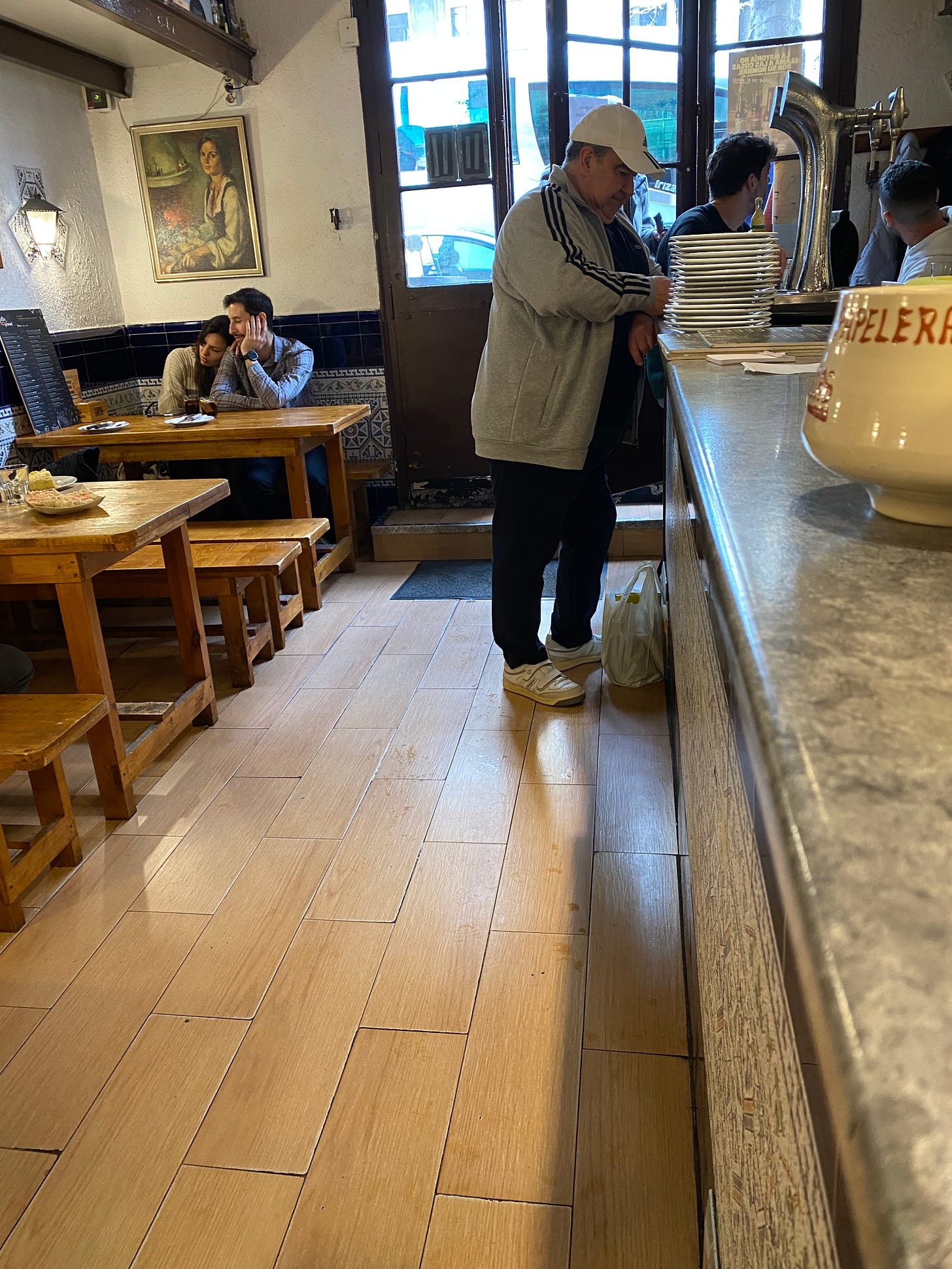
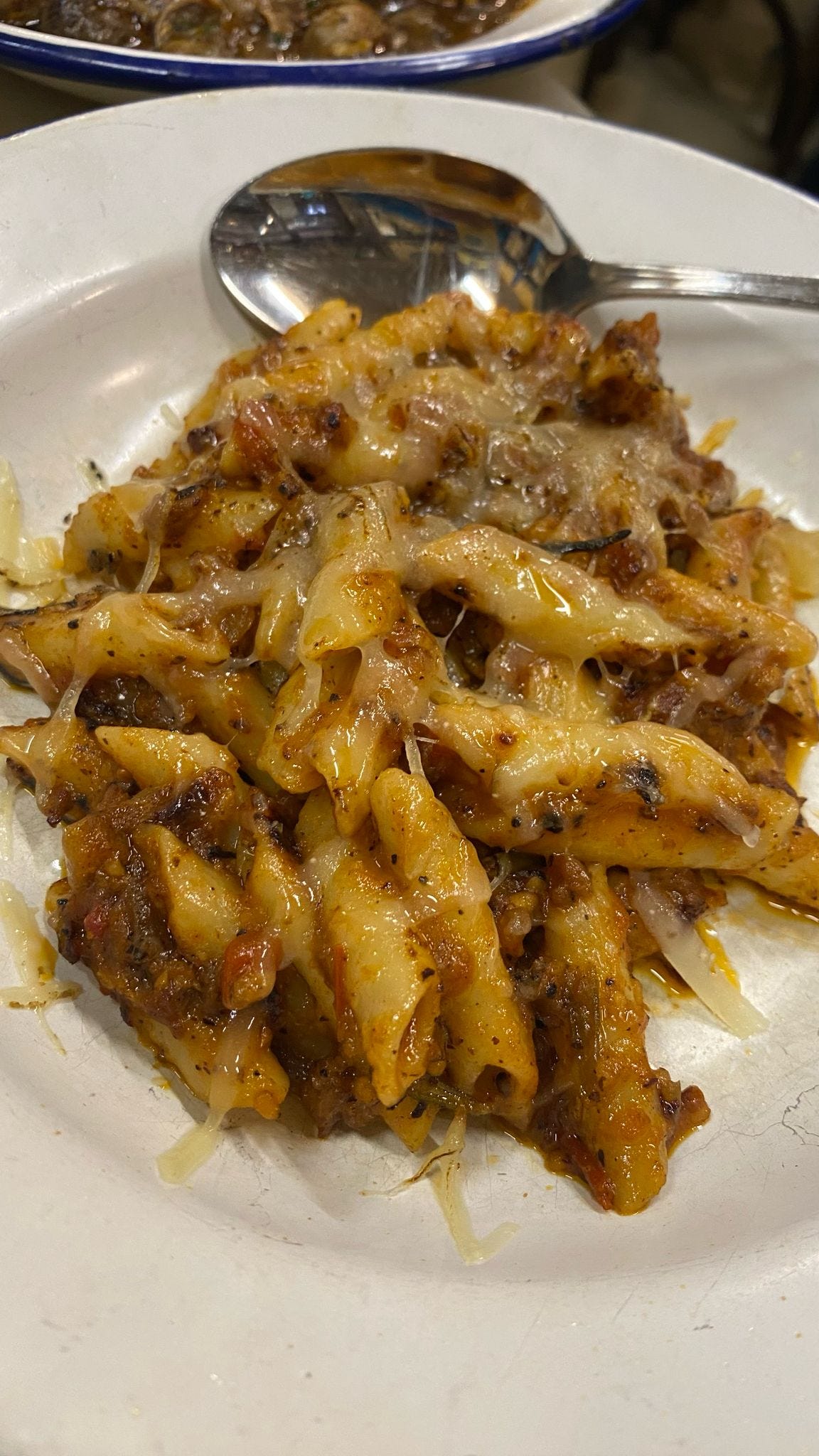
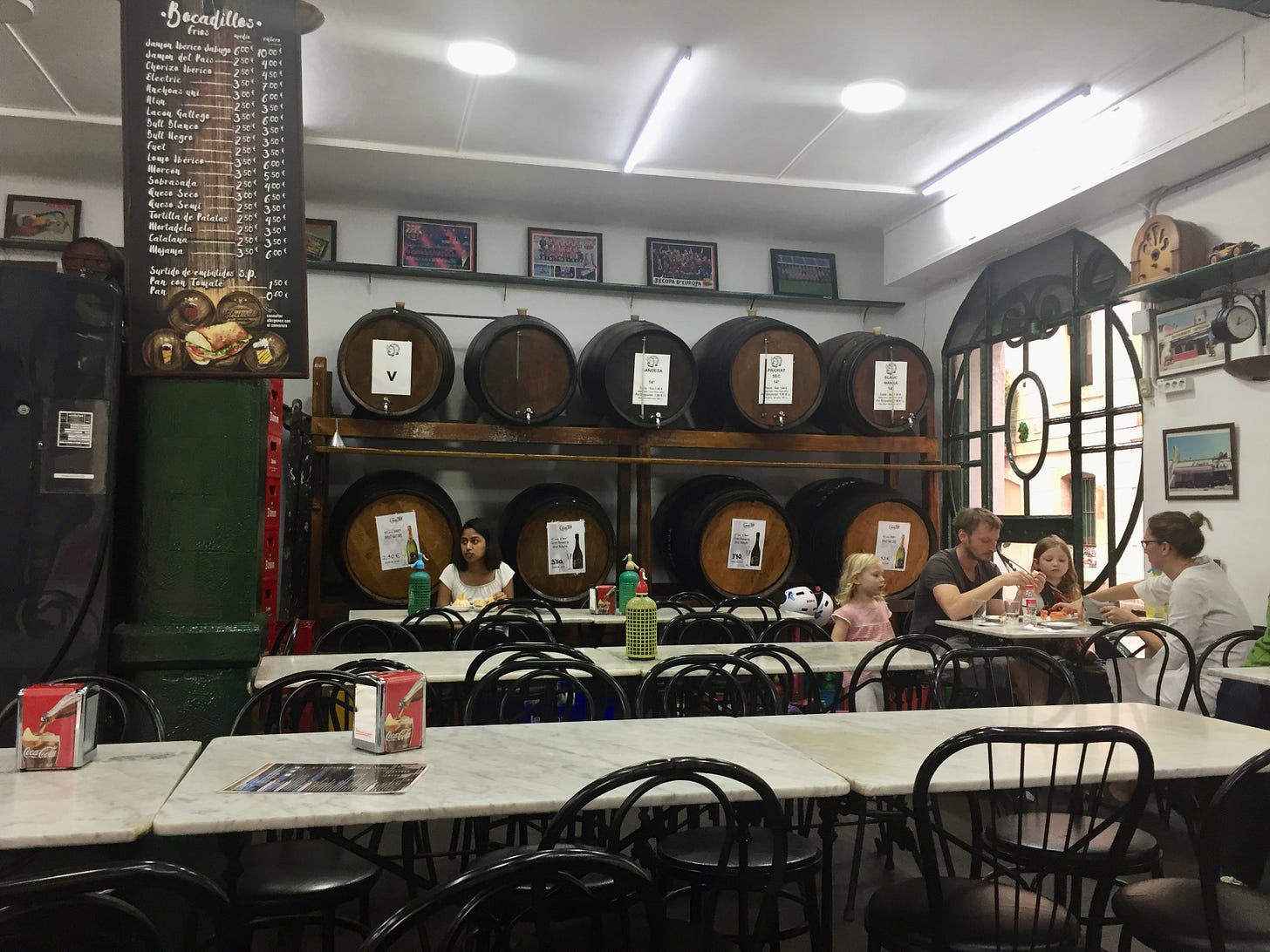
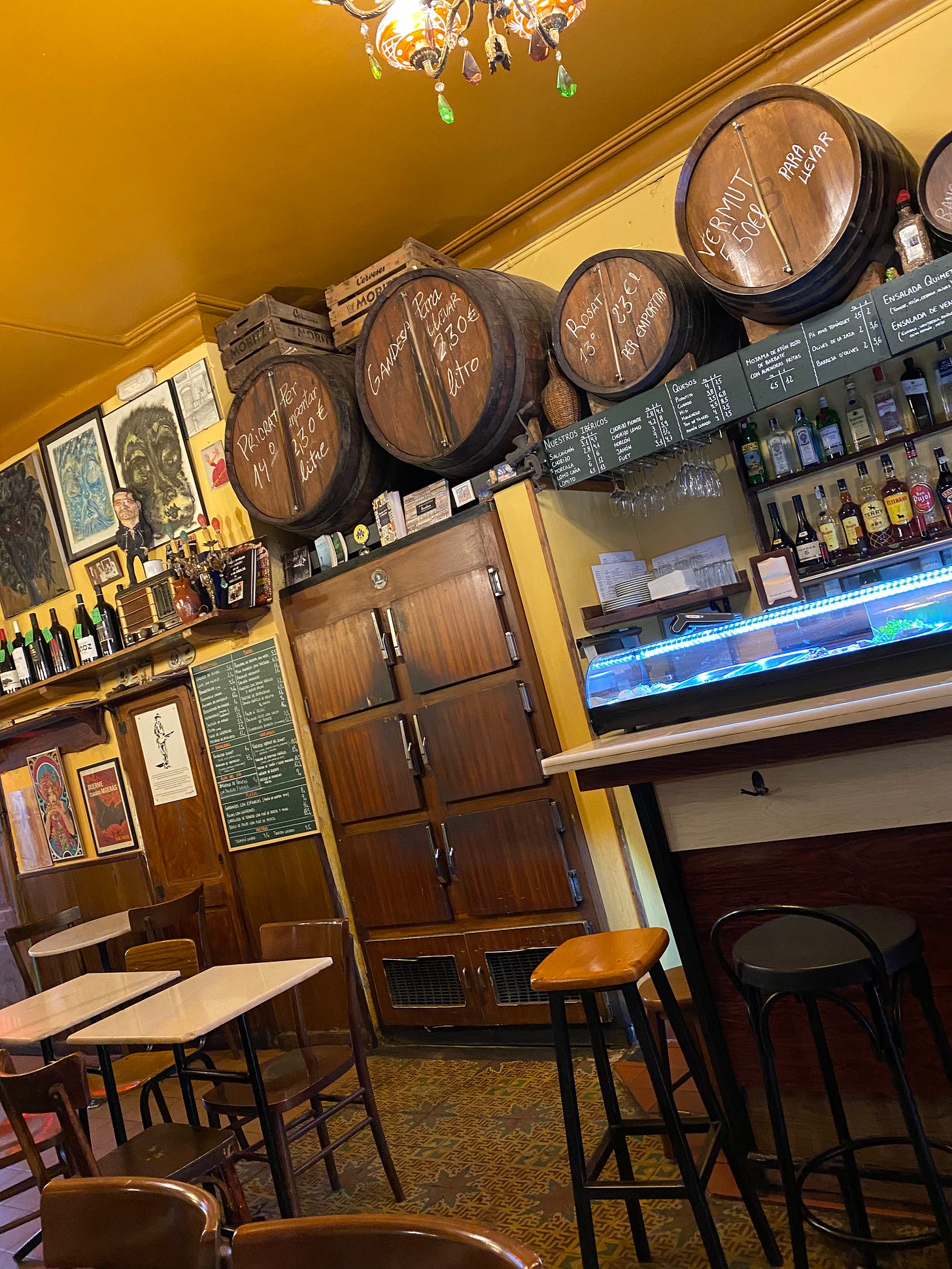
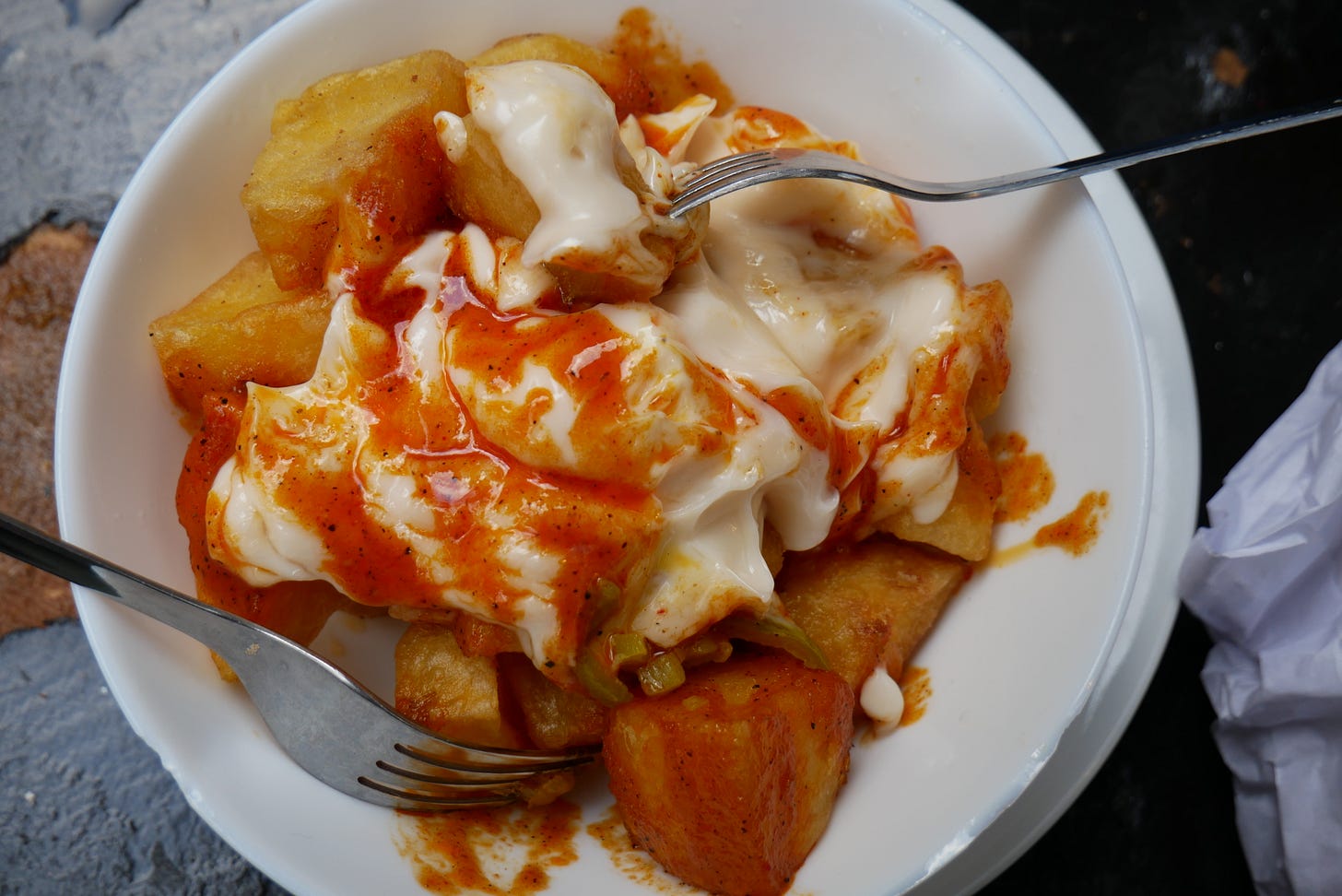
Looove! YES to all the Catalan pasta dishes! Aaaand, I love that you mention mandonguilles amb sèpia because it's the recipe I have ready to share the first week of May!
Love, love Catalan dishes - I’m ready for another adventure in Spain.